The A220 has good-enough economics to be a problem for Boeing, but is it also causing headaches to Airbus? And is it a nice problem to have?
Currently, the A220 is the most modern single-aisle airliner in service. Russia’s MC-21 may soon displace it when it enters service. But until it does, the all-composite Airbus A220, formerly the Bombardier CSeries, is the coolest new jet on the apron. We have briefly looked into its troubled introduction with Bombardier. And we also saw how it might have become a Boeing aircraft – had things gone only a bit differently.
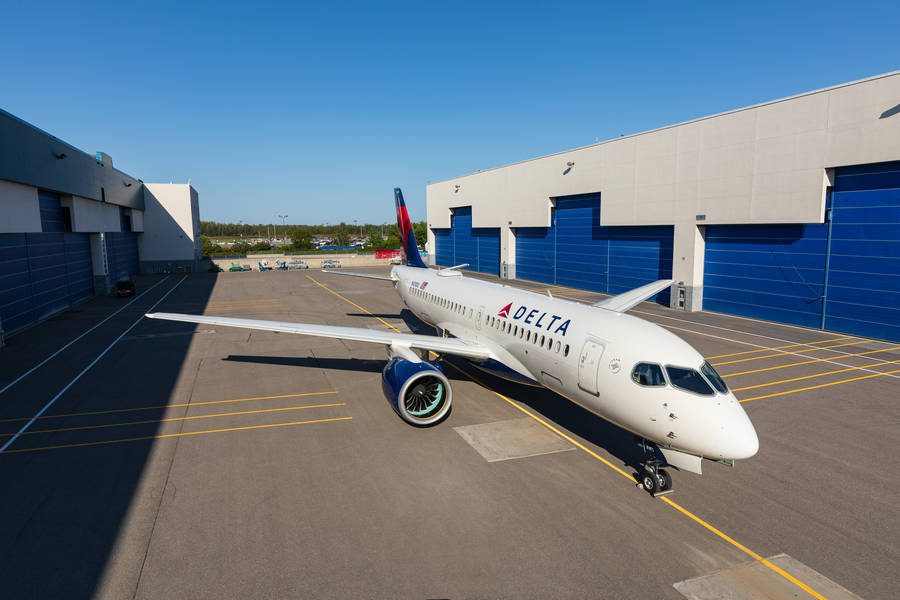
But how could the A220 be a problem for Airbus? Firstly, Bombardier designed its CSeries, as it then was, to trouble Airbus – and Boeing. We are not suggesting that this was the plane’s primary purpose. But Bombardier didn’t design it as a regional aircraft, either. And crucially, Bombardier also planned (and engineered) a longer version of the aircraft, now called the A220-500.
Airbus A220 – The Profitability Problem, And More
So, when will Airbus introduce this aircraft? This is where things get more complicated. The first problem for Airbus is that the A220 isn’t profitable yet. The manufacturing costs of the plane are still too high. This has a lot to do with its low rate of production, at around 5 aircraft per month. And that’s with two final assembly lines, in Canada and the US.
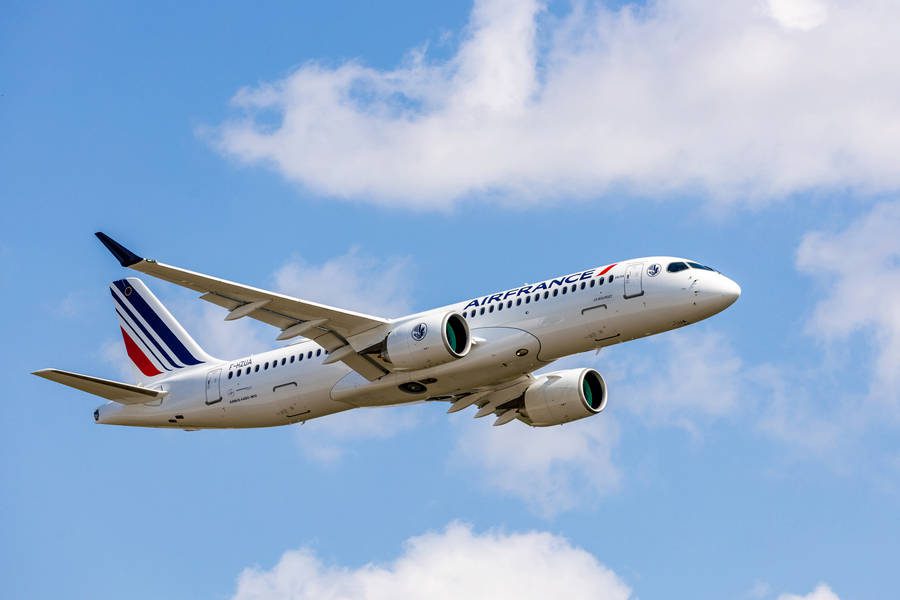
For reference, right now Airbus is making over 40 A320-family jets per month. Before the pandemic, that number began with a 6. The supply chain of the A220 is also a problem for Airbus. But optimizing and speeding up production is crucial. And clearly, both need to happen before the manufacturer would contemplate rolling out an A220-500.
But that’s not enough. Even with every problem in its production solved, the A220 brings another headache to Airbus – a commercial one. The A320 family is the bread-and-butter jet for the European manufacturer. With assembly lines in France, Germany, the US and China, and suppliers from more countries in Europe, the US and elsewhere, Airbus can’t just “dump” the A320.
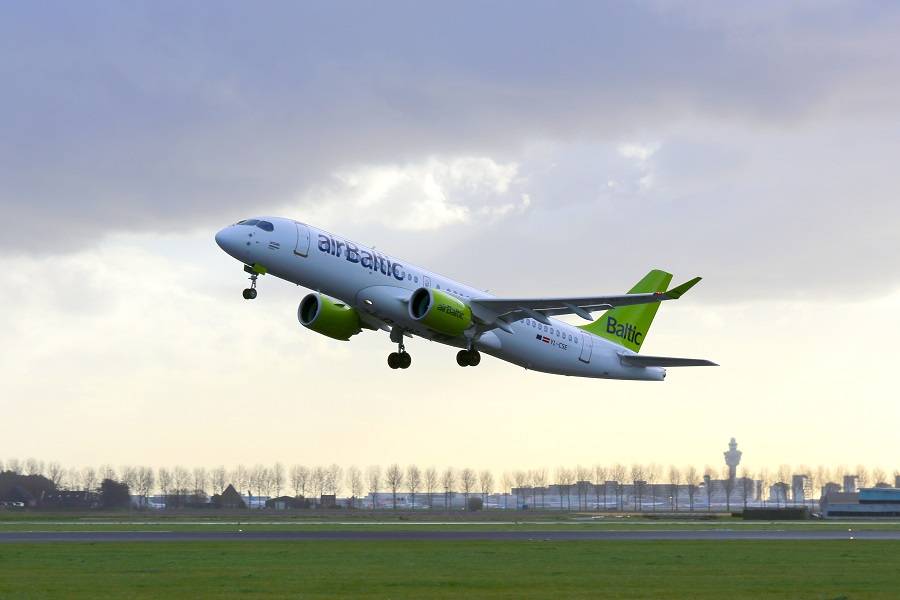
But it doesn’t have to. We have already seen that there is a shift in sales of different A320-family models. Among models of the previous (“ceo”) generation, the A320 accounted for most of the sales. But among “neo” variants, the A321neo doesn’t just outsell the A320neo and A319neo. It sells more than both of them put together.
A Question Of When, Not If
So the problem for Airbus is when to introduce the larger sibling of the smaller A220 variant. Analysts believe that this will happen when the A320neo backlog begins to shrink. Airbus will still sell A320neos to its current operators, who don’t want the hassle of adding another aircraft type. But the economics of the A220-500 could make it more competitive than the A320neo or the 737-8.
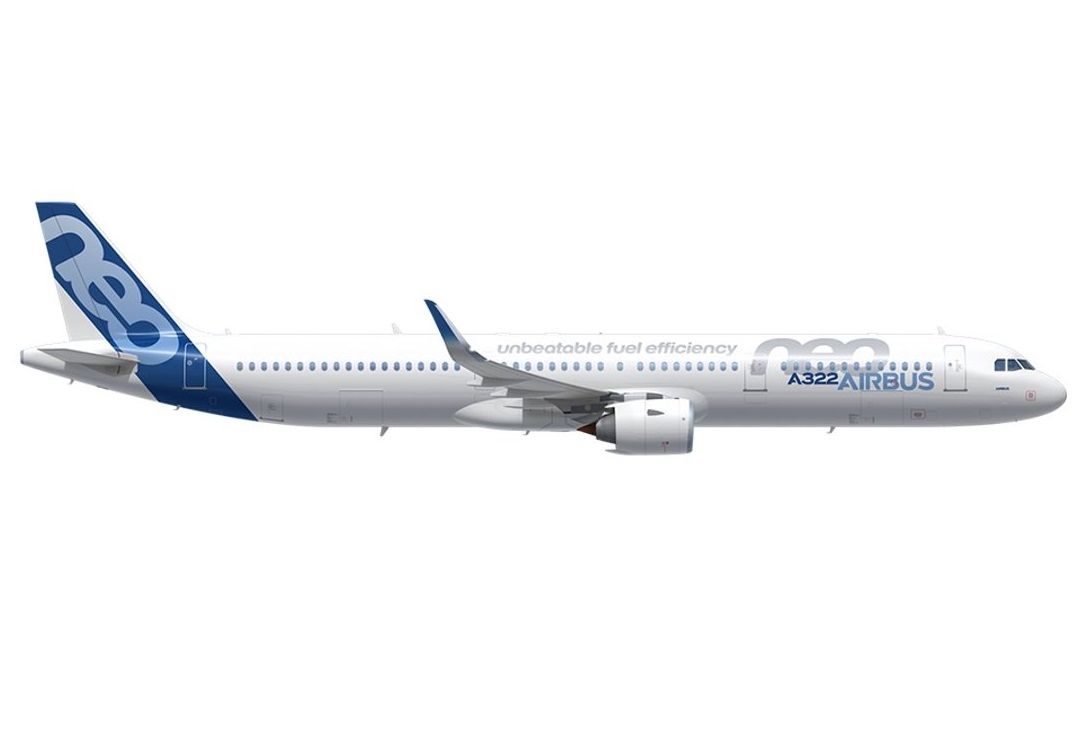
Obviously, the timing of the A220-500’s introduction will largely depend on Boeing’s next move. So Airbus can afford to wait. Ultimately, the manufacturer could reposition the A320neo family somewhat higher in terms of capacity. We’ve seen this with plans for an “A322” and an “A320.5”, along with a new, composite wing. In that role, the Airbus A220 would be a solution for the manufacturer, not a problem.
Airlines like Air France, Air Baltic, Breeze and others have already said they would buy an A220-500. But with so many variables at play (production cost, suppliers, commercial considerations), Airbus can’t offer a timeline. In a recent interview, Airbus’ Chief Commercial Officer said that the A220-500 was a matter of “when”, not “if”. But he reiterated that profitability will be key, adding:
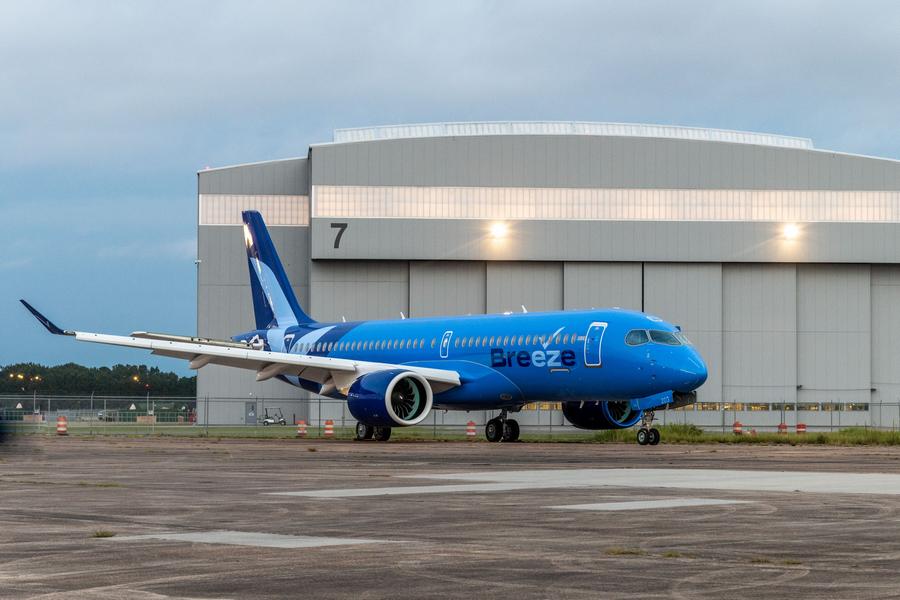
“I won’t venture a date. What I will say is that we’re running by now a very comprehensive business with several programs and new development on the freighter, constant, with continuous improvement on all of our programs. If I’m not giving you a date today, it’s not because it’s confidential or anything like that. It’s because there isn’t a date.”



